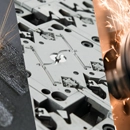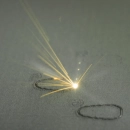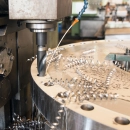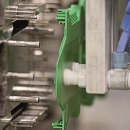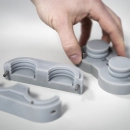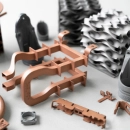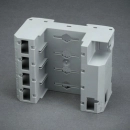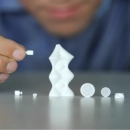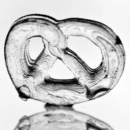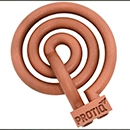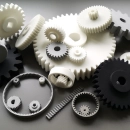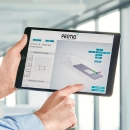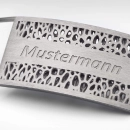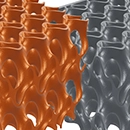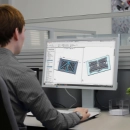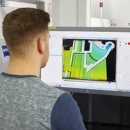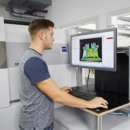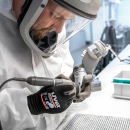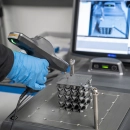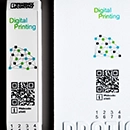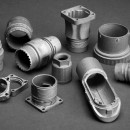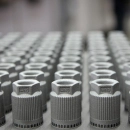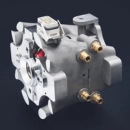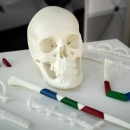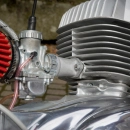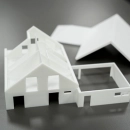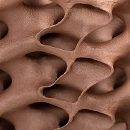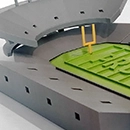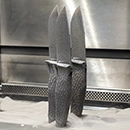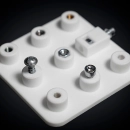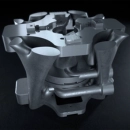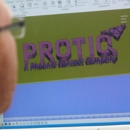Oxidation
Oxidation is a key aspect that must be taken into account when using metal powders in additive manufacturing. Due to their large surface area, metal powders are particularly susceptible to oxidation, as they can easily react with the oxygen in the ambient air. This reaction leads to an oxide layer on the powder particles, which can impair the physical and chemical properties of the material.
The oxide layer can reduce the flowability and compaction properties of the powders, resulting in uneven layer formation during the printing process. As a result, the density and strength of the final components are reduced. In addition, the melting properties can be altered by oxidation, which means that the process temperatures and times may need to be adjusted to ensure the desired material properties and therefore the quality of the end product.
To minimize the negative effects of oxidation, a controlled, inert gas-cooled environment is often used during storage and the printing process. This reduces oxygen exposure and ensures material quality. Understanding and managing oxidation is critical in additive manufacturing to produce high quality metallic components that meet functional requirements. Targeted measures can optimize material properties and extend the service life of metallic components.
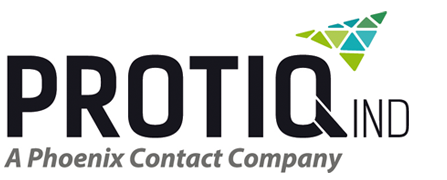


 Deutsch
Deutsch English
English Italiano
Italiano